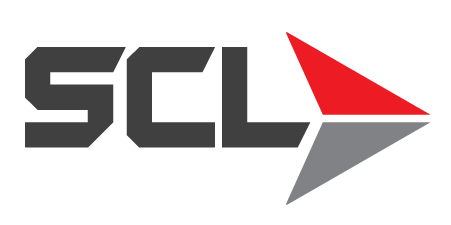How Buying Premium Products Led to the Biggest Savings Yet for One Company
An SCL Case Study on How Drain Intervals, Fuel Efficiency Figure in Long Term
Costs have gone up on just about every product and service in every industry sector, from automotive to maritime, industrial manufacturing to agriculture. And while most companies are responding by pinching pennies here and there or slashing expenditures on the whole, SCL experts have found that big savings oftentimes requires greater up-front spending.
“One of the biggest struggles we face is demonstrating to clients that buying premium products, spending more money on the front end, can save them significantly on the back end – many times thousands of dollars year over year,” said SCL Vice President of Sales Dan Dziwanowski. “It’s a hard concept for a lot of customers to wrap their minds around, but it’s absolutely true. If you invest in the right products for your machines, they will run better for longer, allowing you to optimize your drain intervals and improve your fuel efficiency, which offer two significant savings right off the bat.”
An SCL Case Study
In addition to the complex process of understanding drain intervals, SCL experts also take fuel efficiency into consideration. Typically, an expert will obtain a full fleet list from a customer, compare that entire fleet list to OEM recommendations and business goals, and map out a plan for long-term savings and performance.
Here’s one example of how SCL recently helped a company meet its savings goals by finding a premium product that fit their unique situation:
Company A
Fleet: 80 vehicles
Drain intervals at time of SCL fleet evaluation: Every 20,000 miles
Goal: Reach 40,000 miles between drain intervals
Company A was using a lubricant priced at $9/gallon. SCL obtained a list of every truck in the fleet (including year and engine model), worked with manufacturers to obtain OEM recommendations, and conducted oil analysis to determine the condition of each vehicle in the fleet. Using all of that information, they created a comprehensive plan.
Although the price per gallon was higher, SCL recommended an $11/gallon higher end product that resulted in a 50% cut in usage – to about 350 gallons/month. That led to a 45% per year savings while the higher end product allowed the company to reach its 40,000-mile goal between drain intervals.
“We’re talking about a 35% to 45% per year savings in line-item expenditures,” Dziwanowski said. “You cannot find that with anything else these days, especially when the end result is better for your fleet. Our goal is to help customers stop looking at savings as a percentage point here or there and to start investing in making double-digit differences longer term. We have the expertise to do it; we just need them to make the investment.”
How Buying Premium Can Equal Savings
When customers like Company A invest in premium products over less expensive lubricants, they have historically been able to maximize time between service intervals, minimize mechanical issues, and limit costs associated with labor for repairs and down time, saving thousands per year while staying within OEM recommendations.
And it’s not only saving money either; it’s about preserving your ability to earn it. Investing in quality lubricants, greases, and coolants, and then finding how to synchronize intervals between those products “can reduce the time a truck is off the road,” Leonard J. Badal, Jr., commercial sector manager for Chevron Lubricants writes on the company’s Chevron Lube Matters blog. “The less time you spend off the road, the more freight you are moving.”
OEM Specifications and Drain Intervals
OEM specifications usually recommend a couple of different options, and some even evolve as new technological advances emerge or new products are introduced, Dziwanowski said.
As one example, many customers have been using 15W-40 oil for decades, but in 2016, heavy-duty OEM began factory filling with 10W-30. That 10W-30 has a greater fuel efficiency, so businesses who are using products based on old OEM recommendations could be missing out on a significant fuel savings long term.
“Many people want to avoid talking about extending drain intervals because they believe that means going beyond OEM specifications, but it does not have to mean that,” Dziwanowski said. “It’s really about seeing where you are as a fleet, what your goals are and how we can work with OEM specifications and different products on the market to keep your machines on the road for longer, performing at peak condition.”
Contact an SCL Consultant today
In a wide range of automotive, industrial and commercial sectors, SCL remains steadfast on its commitment to product and industry knowledge, performance satisfaction and superior logistics. We protect and optimize the machines that keep our country moving. For more information on how we help can help with services including bulk purchasing or managing inventory, contact an SCL expert today.

